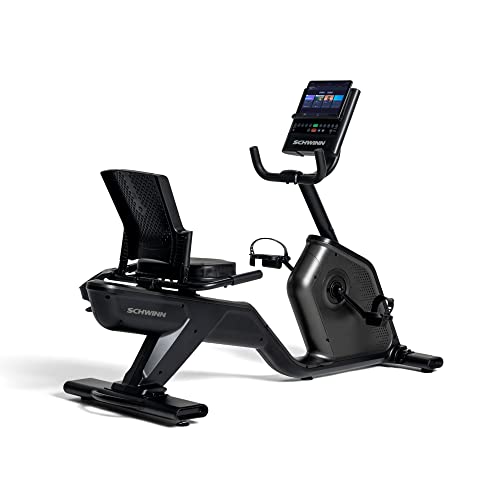You are right when you say that things are fun when few people are doing it, and less so when it becomes popular to do . . .
That’s more or less why I gave up working on computers. I don’t have to bother anymore, because half the world is doing such a bang-up job of it.
Just the opposite is true of building customs and specials. Interest had been waining for an awful long time until the current re-interest.
It seems like there are a lot of different auto manufacturers to choose from, until you realize that 98% of them have gone out of business. I imagine the same is true of 99% of bicycle manufacturers & motorcycle manufacturers as well.
And while I don’t have any great interest in the Russians or the Chinese, the Web has made it possible to see some very interesting foreign machinery that would otherwise be completely unknown here.
I get a great kick out of watching these amateur Russian fellows welding together strange tow-motors with tracks & lug wheels to haul them across the melting tundra. I get the same excitement watching these amateur Vietnamese boat builders on YouTube. They are creating some crazy stuff out of practically nothing.
We have a few guys doing the same thing out in the sandy & rocky desert southwest. Building Jeeps and buggy’s in off-road vehicles of every kind.
But a lot of them are professionals with large shops and large resources. Big YouTube channels with multiple cameraman and actual big city “production value”.
I often find it more fun to watch some guy building something on a sawhorse in his backyard. This place is most often just like that.














































































